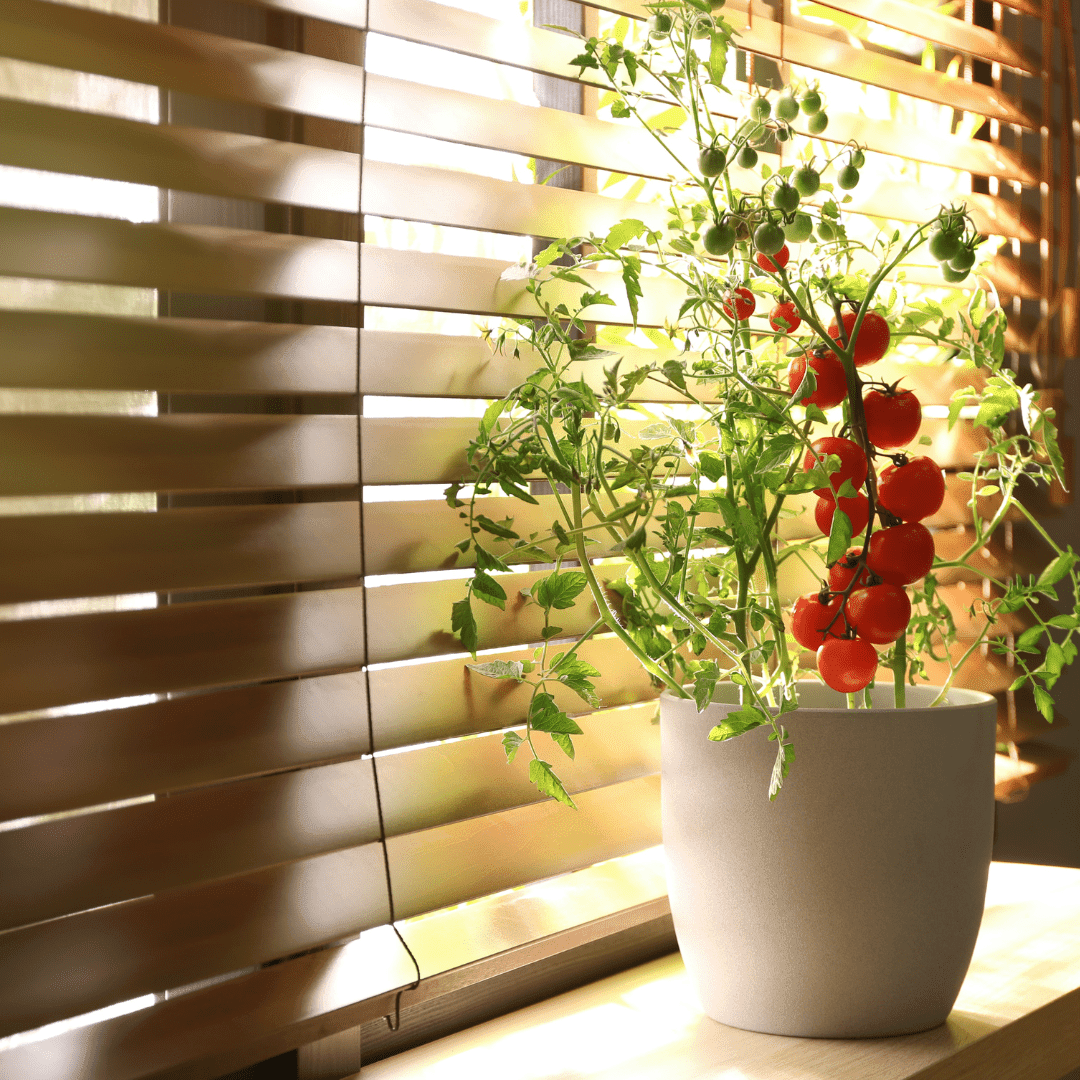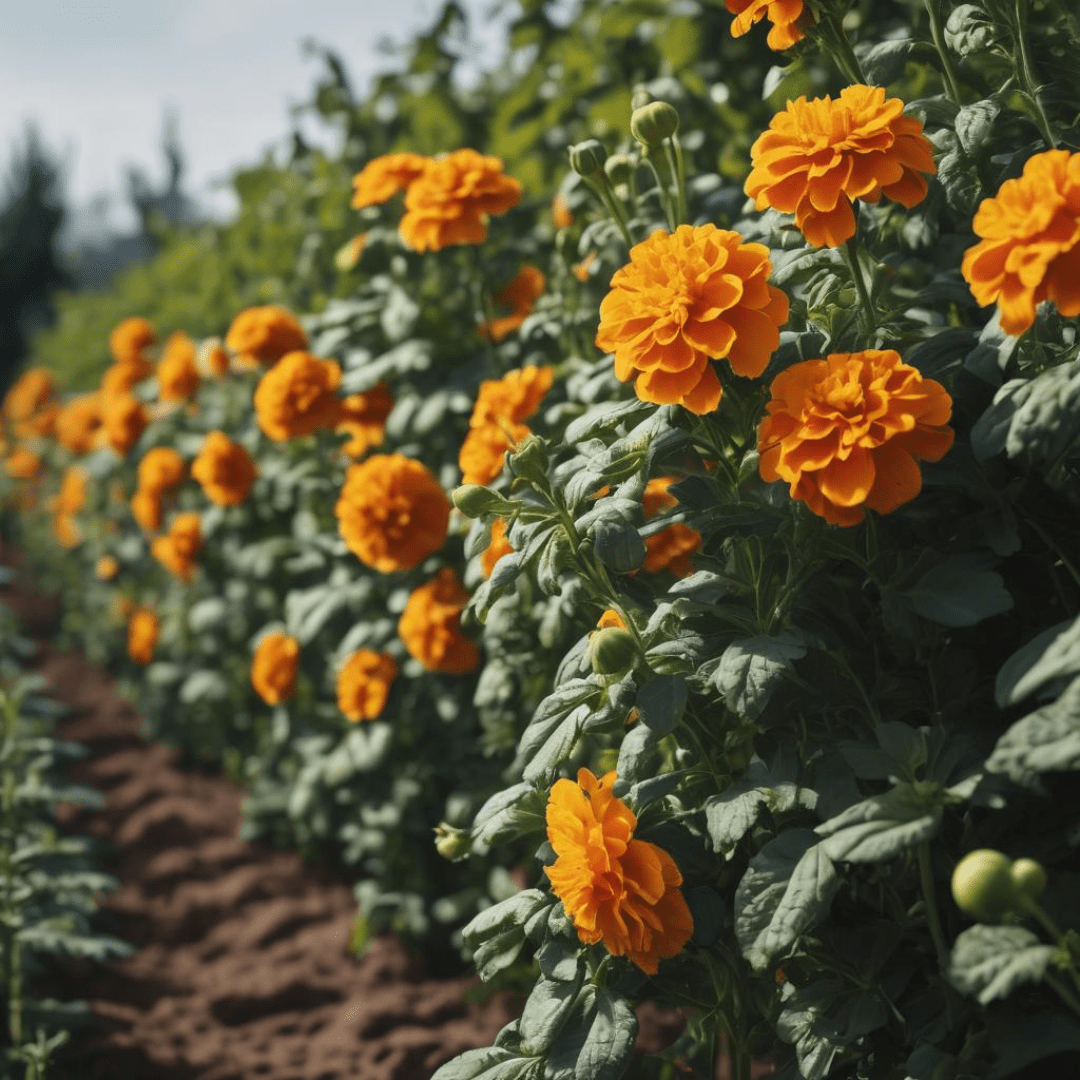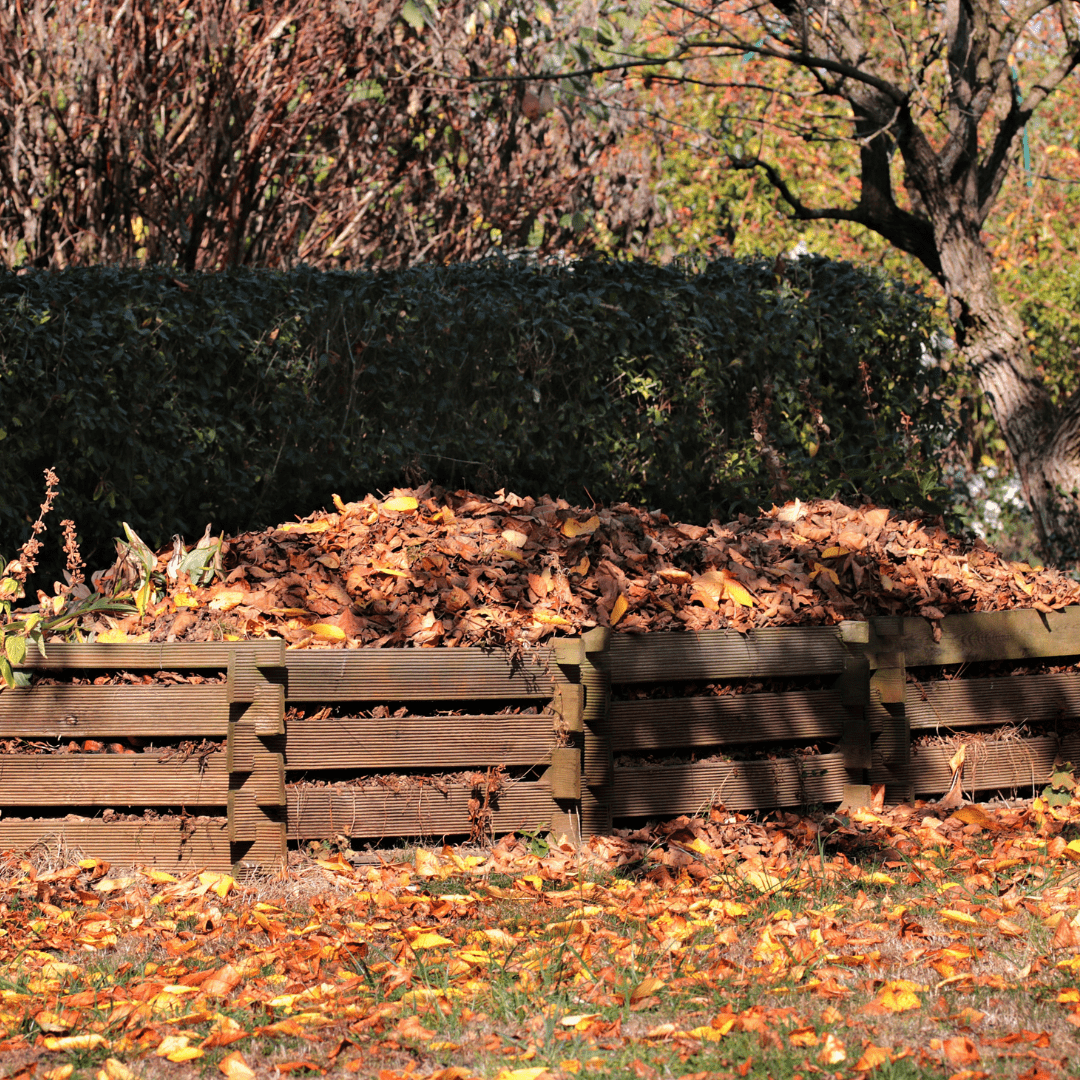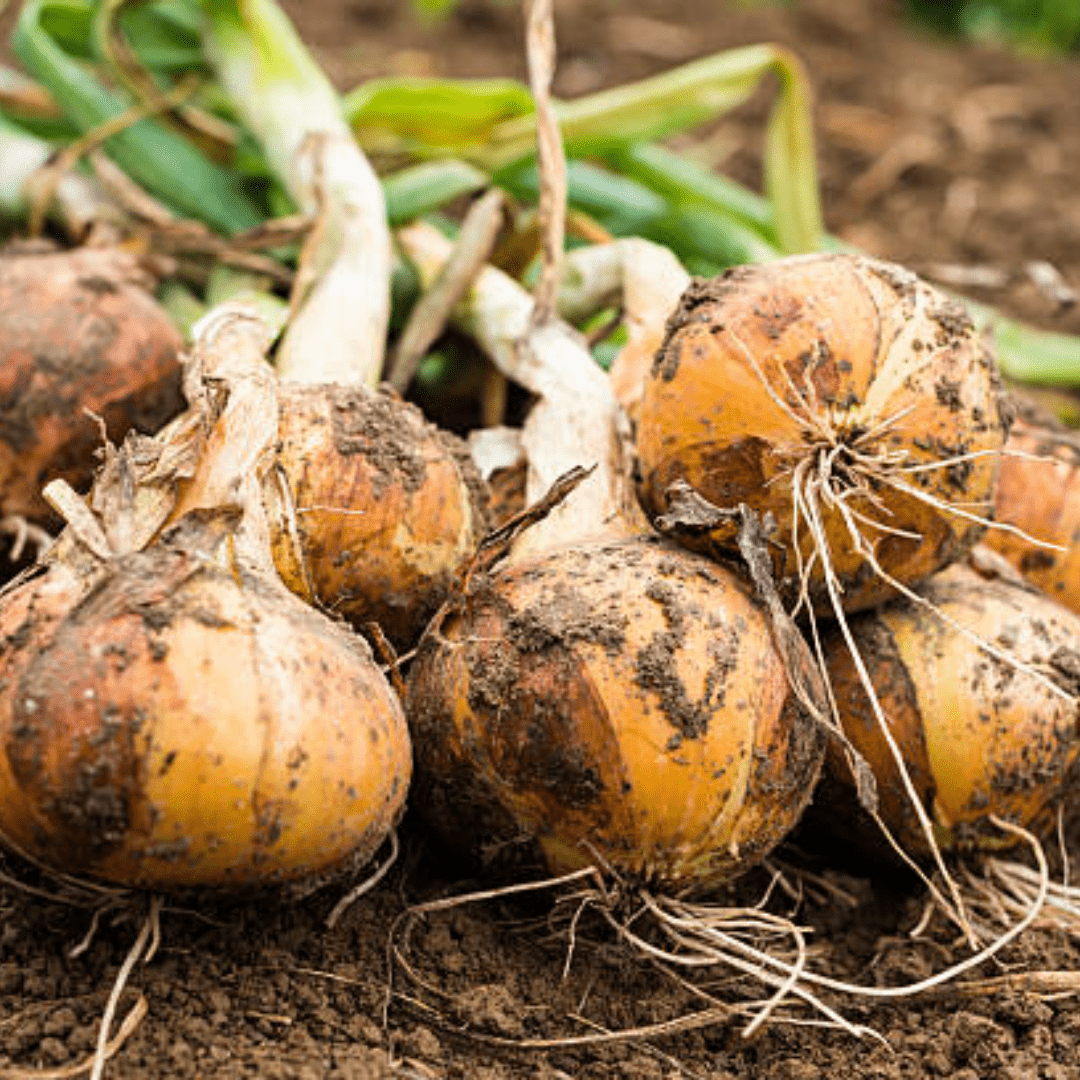Gardening indoors.
- Benefits of Gardening Indoors
- Choosing the Right Plants for Gardening Indoors
- Setting Up Your Indoor Garden Space
- Designing Your Indoor Garden Layout
- Essential Tools and Supplies for Indoor Gardening
- Tips for Successful Indoor Plant Care
- Maximizing Light and Temperature for Indoor Plants
- Harvesting and Enjoying Your Indoor Garden Produce
- Conclusion
- Frequently Asked Questions
- Summary
Indoor gardening offers a rewarding and sustainable way to cultivate fresh produce throughout the year, right within the comfort of your own home. By harnessing the benefits of indoor gardening, you can enjoy a plethora of advantages ranging from improved air quality to a readily accessible source of organic fruits, vegetables, and herbs. In this comprehensive guide, I will explore the secrets of successful indoor gardening, including selecting the right plants, optimizing growing conditions, and overcoming common challenges. Whether you are a seasoned gardener or a beginner looking to embark on a green journey, this article will provide you with valuable insights and practical tips for growing your food inside.
This is a pinnable post. Tap or hover over any image in this post to pin to your Pinterest Boards.

Benefits of Gardening Indoors

Health Benefits of Gardening Indoors
Improves Mood and Reduces Stress
Indoor gardening isn’t just a hobby—it’s a health boost! Breathing in fresh oxygen from your lush green companions can improve your mood and reduce stress. Plus, having herbs and veggies at arm’s reach means you’re more likely to incorporate them into your meals, giving your body a nutrient-packed punch!
Foster a Sense of Purpose with Gardening Indoors
Additionally, nurturing plants indoors can foster a sense of purpose and accomplishment, as you witness their growth and development over time. The act of caring for living organisms can promote feelings of fulfillment and connection to nature, even within the confines of indoor spaces.
Gardening Indoors Creates a Calming and Tranquil Environment
Moreover, surrounding yourself with greenery can create a calming and tranquil environment, helping to alleviate anxiety and promote mental well-being. As you cultivate your indoor garden, you’re not only enhancing your physical health, but also nurturing your emotional and psychological resilience.
Provides a Garden without a Yard or Balcony!
Not everyone may have a yard or balcony. Gardening indoors with these helpful tips and tricks can help anyone grow their own healthy food and sustain the rewarding purpose of nurturing plants right in the comforts of home. There is just something satisfying about picking your own tomato or pepper off of a vine you grew yourself, even if it was right on your kitchen windowsill!
Do You Have a Balcony? Here’s How You Can Start a Balcony Garden!

If you have a balcony and would love to start a garden with it, I have a guide just for you! You can grow an abundant garden right on your balcony and feel like a real urban farmer right in the middle of the city! Head on over to my other post guide for further details!
Must-Have Tools for a Successful Balcony Vegetable Garden
Got HOA Restrictions, But Still Want a Garden? I’ve Got You Covered Too!

If you are restricted in an HOA community, but have a desirous dream of having your own healthy and organic vegetable garden that produces an abundance of fresh food in that neatly trimmed and manicured lawn, don’t worry, I have the perfect guide that will help you! You can learn the skills of growing a foodscaping garden, which is HOA-approved since you will be showcasing beautiful ornamental flowers and perennials that fill out gorgeous spaces in admiration. The secret known only to you is that you have secret food growing among those beautiful flowers! Head on over to my foodscaping grow guide post for more information on how this is possible!
How to Create a Stunning Foodscaping Design!
So why wait? Dive into indoor gardening today and reap the multitude of benefits it offers for both body and soul! Let’s discover more benefits!
Environmental Benefits of Gardening Indoors
Reduces Your Carbon Footprint
Bringing the outdoors in isn’t just trendy; it’s planet-friendly too! Indoor gardening reduces the carbon footprint of transporting produce from farm to table. By growing your food indoors, you’re cutting down on harmful emissions and supporting a more sustainable lifestyle. Mother Nature would be proud!
Increases Your Sustainable Living Impact
Furthermore, gardening indoors contributes to sustainable living by reducing reliance on commercially grown produce, which often requires extensive transportation and packaging. By growing your herbs, vegetables, and fruits indoors, you’re minimizing the environmental impact associated with long-distance shipping and the use of plastic packaging. Additionally, indoor gardening allows you to control factors such as water usage and pesticide exposure, further reducing your ecological footprint.
Provides Opportunities for Your Commitment to Environmental Stewardship
Embracing indoor gardening is not only a step towards self-sufficiency, but also a commitment to environmental stewardship. As stewards of the Earth, it’s essential to make choices that align with sustainability principles, and indoor gardening is a meaningful way to do just that.
Choosing the Right Plants for Gardening Indoors

Factors to Consider When Selecting Indoor Plants for Growing Your Food
Setting Realistic Expectations for Gardening Indoors
Setting realistic expectations for gardening indoors is key to being successful. Not all plants are cut out for indoor life. Consider factors like light requirements, space constraints, and your dedication level (let’s be real, we’ve all forgotten to water a plant or two). Choosing the right plants will ensure a thriving indoor garden that brings you joy, not sorrow.
Planning for the Best Indoor Growing Success
When selecting plants for indoor gardening, it’s crucial to consider factors like light requirements, space constraints, and your level of commitment. Some plants thrive in low-light conditions, making them ideal for homes with limited sunlight, while others require more direct sunlight to flourish. Additionally, consider the available space in your home and choose plants that fit within your designated indoor garden area.
Start with Low-Maintenance Plants and Grow from There
It’s essential to be realistic about your dedication level and choose plants that match your ability to care for them consistently. Opting for low-maintenance varieties or investing in self-watering systems can help mitigate the risk of neglect and ensure the long-term success of your indoor garden. By carefully selecting plant companions that align with your lifestyle and environment, you can create a thriving indoor garden that brings beauty and joy into your home without causing unnecessary stress or disappointment.
Best Vegetable Plants for Gardening Indoors
When it comes to gardening indoors, certain vegetable plants thrive in the controlled environment of your home.
- Herbs: Herbs are excellent choices, offering fresh flavors for culinary creations while adding a touch of greenery to your living space.
- Leafy Greens: Leafy greens are also well-suited for indoor cultivation, providing nutritious additions to salads and smoothies.
- Microgreens: Microgreens are nutrient-packed powerhouses that can be easily grown in small containers or trays.
- Compact Varieties: Compact varieties of tomatoes and peppers are perfect for indoor gardens, offering the satisfaction of homegrown produce even in limited spaces.
- Small Vegetables: Additionally, green onions, carrots, radishes, and beans can thrive indoors with proper care, providing a bountiful harvest for your kitchen endeavors.
With the right selection of vegetable plants, indoor gardening can be a rewarding and fulfilling experience, bringing the joys of gardening and fresh produce into your home year-round.
Here’s a list of some of the best vegetable and herb plants for gardening indoors:
- Herbs:
- Basil.
- Parsley.
- Cilantro.
- Mint.
- Chives.
- Leafy Greens:
- Lettuce (varieties like looseleaf, romaine, and butterhead).
- Spinach.
- Kale.
- Swiss chard.
- Arugula.
- Microgreens:
- Radish.
- Broccoli.
- Mustard.
- Pea shoots.
- Sunflower shoots.
- Tomatoes (dwarf or determinate varieties):
- Cherry tomatoes.
- Patio tomatoes.
- Roma tomatoes.
- Peppers (compact varieties):
- Bell peppers.
- Jalapeños.
- Mini sweet peppers.
- Green Onions (Scallions).
- Carrots (short or round varieties).
- Radishes.
- Beans (bush or dwarf varieties).
- Mushrooms (grown in a controlled environment).
These vegetable plants are well-suited for indoor gardening because they can thrive in containers, require minimal space, and have relatively short growing seasons. Additionally, they can adapt to indoor conditions with sufficient light, proper watering, and adequate air circulation. Experimenting with different varieties and growing techniques can help you discover which vegetables perform best in your indoor garden setup.
Setting Up Your Indoor Garden Space

Designing Your Indoor Garden Layout
Get Creative In Your Design
Get creative with your indoor garden layout! Whether you opt for a hanging herb garden in the kitchen or a vertical plant wall in the living room, the key is to maximize space and light exposure. With a well-thought-out design, your indoor garden will not only look aesthetically pleasing, but also flourish beautifully!
Integrating Space-Saving Techniques

Consider incorporating creative and space-saving solutions into your indoor garden layout. Whether you choose to hang herb pots in the kitchen window or construct a vertical plant wall in the living room, maximizing both space and light exposure is key to success. By utilizing vertical space, you can create a lush oasis without taking up valuable floor space.
Considering Adequate Lighting Sources
Additionally, strategically placing plants near windows or using supplemental grow lights can ensure they receive adequate sunlight for healthy growth. Experimenting with different arrangements and container styles adds visual interest to your indoor garden while providing an optimal environment for your vegetable plants to thrive. With a well-thought-out design, your indoor garden will not only enhance the aesthetics of your home, but also serve as a vibrant and flourishing sanctuary of greenery.
Container Options for Indoor Plants
When it comes to containers for your indoor plants, the sky’s the limit! From classic terracotta pots to modern self-watering planters, choose containers that match your style and the needs of your plants. Just remember to ensure proper drainage to prevent waterlogged roots—a soggy situation no plant wants to be in!
Essential Tools and Supplies for Indoor Gardening

Basic Tools for Gardening Indoors
No green thumb? No problem! Arm yourself with basic tools like a watering can, pruning shears, and a trusty trowel to keep your indoor garden in top shape. These tools will make plant care a breeze and ensure your botanical beauties stay happy and healthy all year round.
Here’s a list of essential tools for gardening indoors:
- Watering can or spray bottle: For watering plants without creating a mess.
- Pruning shears or scissors: For trimming dead or overgrown foliage and harvesting herbs and greens.
- Hand trowel or small shovel: For transplanting seedlings, adding soil to pots, and general soil manipulation.
- Garden gloves: To protect your hands from soil, moisture, and potential pests.
- Soil moisture meter: To monitor the moisture levels of the soil and ensure proper watering.
- Plant labels or markers: For identifying different plants and keeping track of planting dates or varieties.
- Potting mix or soil: A well-draining potting mix formulated for indoor plants.
More Important Supplies!
- Containers or pots: To hold the soil and plants, choose containers with drainage holes to prevent waterlogging.
- Grow lights: Supplemental lighting for plants in areas with insufficient natural light.
- Plant stands or shelving units: To create vertical space and organize your indoor garden.
- Humidity tray or humidifier: To increase humidity levels for plants that require higher humidity.
- Fertilizer: Indoor plant fertilizer to provide essential nutrients for healthy growth.
- Plant mister: For misting plants to increase humidity or clean leaves.
- Soil scoop or scoop shovel: For adding soil to pots or containers with ease.
- Cleaning tools: Soft brush or cloth for cleaning plant leaves and removing dust.
Having these tools on hand will help you maintain and care for your indoor garden effectively, ensuring healthy growth and thriving plants.
Tips for Indoor Gardening Pest Control
Here are several ways to indoor gardening pest control:
Taking Action
- Maintain Cleanliness: Keep your indoor garden area clean and free of debris. Remove fallen leaves and other organic matter promptly, as they can attract pests.
- Inspect Regularly: Conduct routine inspections of your plants for signs of pest infestations, such as chewed leaves, discolored spots, or webs. Early detection allows for prompt action.
- Isolate Infested Plants: If you discover pests on one of your indoor plants, isolate it from the others to prevent the infestation from spreading. Designate a Plant Hospital to help nurture them back to health!
- Pruning: Regularly prune your plants to remove damaged or infested leaves. This not only improves the plant’s appearance, but also helps to eliminate hiding spots for pests.
- Natural Predators: Introduce natural predators of common indoor garden pests, such as ladybugs, lacewings, or predatory mites. These beneficial insects can help keep pest populations in check.
Providing Care
- Neem Oil: Neem oil is a natural insecticide and fungicide that can effectively control many indoor garden pests, including aphids, mealybugs, and spider mites. Dilute neem oil according to the manufacturer’s instructions and spray it onto affected plants.
- Insecticidal Soap: Insecticidal soap is another natural remedy for controlling pests in indoor gardens. It works by suffocating pests on contact. Mix insecticidal soap with water according to the instructions and spray it onto affected plants.
- Diatomaceous Earth: Diatomaceous earth is a fine powder made from the fossilized remains of diatoms. It works by absorbing the oils and waxes from the exoskeletons of insects, causing them to dehydrate and die. Sprinkle diatomaceous earth around the base of affected plants or directly onto pests.
- Sticky Traps: Place yellow sticky traps near your plants to catch flying pests like whiteflies, fungus gnats, and aphids. The pests will become stuck to the trap when they come into contact with it.
- Rotate Plants: Regularly rotate the placement of your plants to prevent pests from becoming accustomed to their environment and to discourage infestations.
Combating Common Fungus Gnats In Your Indoor Garden

I invite you to read my post about how to get rid of fungus gnats for good, which is a wise move for anyone tending to an indoor garden. Within my post, I offer a wealth of practical advice and proven strategies garnered from personal experience about taking actionable steps such as implementing natural remedies, adjusting watering practices, and enhancing overall plant care routines to prevent future infestations. By sharing my knowledge, I provide a valuable resource for fellow indoor gardeners seeking effective solutions to combat this common pest. With my guidance, you can confidently tackle the issue of fungus gnats and cultivate thriving, pest-free indoor gardens. You can find this helpful guide in the following link.
Got Fungus Gnats? How to Destroy Them for Good!
Tips for Successful Indoor Plant Care
Indoor plants can be a bit like needy pets – they require love, attention, and maybe even a bit of conversation to thrive. Here are some down-to-earth tips to keep your indoor garden happy and healthy.
Watering and Humidity Control Tips
Let’s talk about the wet stuff – water, that is. Indoor plants are like Goldilocks; they don’t want too much or too little water – they want it just right. Test the soil moisture before reaching for the watering can. Also, keep an eye on humidity levels; some plants love to feel like they’re in a tropical paradise, while others prefer a drier vibe. It’s all about finding that perfect balance for each of your plants.
Fertilizing and Pruning Guidelines
For indoor plants, fertilizing and pruning are essential tasks for promoting healthy growth and maintaining their appearance.
Fertilizing
When fertilizing, use a balanced indoor plant fertilizer diluted to half strength and apply it every two to four weeks during the growing season. Avoid overfertilizing, as this can lead to salt buildup in the soil.
Pruning
For pruning, regularly remove dead or yellowing leaves to encourage new growth and prevent disease spread. Use clean, sharp pruning shears to make precise cuts and avoid injuring the plant. Additionally, prune leggy or overgrown stems to maintain a compact and attractive shape.
With proper fertilizing and pruning, indoor plants can thrive and beautify your living space.
Maximizing Light and Temperature for Indoor Plants

It’s time to shed some light on the situation – literally. Light is like plant fuel, so understanding its importance is key to your indoor gardening success. And let’s not forget about temperature; we all have our comfort zones, plants included. Here’s how to set the stage for your indoor garden to thrive.
Understanding Light Requirements for Indoor Plants
Understanding light requirements for indoor plants is crucial for their overall health and growth. Different plants have varying light preferences, ranging from low to bright indirect light or direct sunlight. Assess the light conditions in your home and place plants accordingly, ensuring they receive adequate light for their specific needs. There are amazing grow light products on the market. One of my favorites is the floor lamp LED grow lights that can be placed next to a group of plants and the lights overhang them providing them the light source they need. It is nice to have floor lamp styles if you have your plants on the floor that grow tall and are too large for a shelf.
Monitor the intensity and duration of light exposure, as too little light can result in leggy growth and poor development, while too much light can lead to scorched leaves. Rotate plants regularly to promote even growth and prevent leaning towards light sources. By providing the right amount of light, you can help your indoor plants thrive and flourish.
Managing Temperature Levels in Indoor Gardens
Managing temperature levels in indoor gardens is vital for ensuring optimal growth and health of your plants. Maintain consistent room temperatures between 65-75°F (18-24°C), as most indoor plants thrive within this range. Avoid placing plants near drafty windows or vents, as sudden temperature fluctuations can stress them. Use a thermometer to monitor temperature levels regularly and make adjustments as needed.
During colder months, consider using space heaters or heat mats to provide supplemental warmth for sensitive plants. Conversely, in hot weather, use fans or air conditioning to maintain a comfortable temperature and adequate airflow. By managing temperature levels effectively, you can create an ideal environment for your indoor garden to thrive.
Harvesting and Enjoying Your Indoor Garden Produce
The moment you’ve been waiting for – the fruits (or veggies) of your labor! Harvesting your indoor garden goodies is like a mini celebration of your plant parenting skills. So grab those scissors, pick those tomatoes, and savor the taste of homegrown goodness! Whether it’s a fresh salad or an herbal tea, relish in the satisfaction of knowing you grew it all yourself – green thumbs up, my friend!
Conclusion
In conclusion, indoor gardening presents a versatile and fulfilling way to connect with nature and nurture your own edible oasis within the confines of your living space. By following the guidance and tips shared in this article, you can embark on a journey of growth and self-sufficiency, reaping the bountiful rewards of your indoor garden. So, roll up your sleeves, get your hands dirty, and start cultivating your very own indoor paradise where fresh, homegrown produce flourishes year-round. Happy gardening!
Resources: Here are some helpful resources for further information.
- How to Grow an Indoor Survival Garden – By The Provident Prepper
- The Best Way to Grow Indoor Vegetables in a Garden – Azure Farm
- Ulitmate Guide to Indoor Vegetable Gardens – By Ambius

Frequently Asked Questions
1. Can I grow a wide variety of plants indoors?
Sure, you can definitely grow a wide variety of plants indoors! The key is to consider the lighting, humidity levels, and space available in your home. Some plants do well in low light conditions, like pothos or snake plants, while others thrive in bright, direct sunlight such as succulents or herbs like basil. You can also supplement natural light with grow lights if needed. Additionally, you’ll want to make sure to provide the right amount of water and fertilizer for each plant type. Many tropical plants enjoy higher humidity levels, which can be achieved through misting or using a humidifier.
2. What are the key considerations for lighting in indoor gardening?
When it comes to lighting for indoor gardening, there are a few key considerations to keep in mind. Firstly, you’ll want to think about the type of plants you are growing and their specific light requirements. Some plants need more intense light than others, so it’s important to choose a lighting system that can provide the right amount of brightness. Secondly, consider the wattage and color temperature of the lights, as different plants have different preferences for these factors. LED grow lights are often recommended for indoor gardening because they are energy-efficient and can be adjusted to mimic natural sunlight. Lastly, don’t forget about the duration of light exposure – most plants require around 12-16 hours of light per day to thrive.
3. How do I prevent common pests and diseases in my indoor garden?
To prevent common pests and diseases in your indoor garden, start by practicing good hygiene. Keep your plants well-watered and ensure proper air circulation to deter pests like spider mites and fungus gnats. Regularly inspect your plants for any signs of infestation or disease, such as yellowing leaves or spots on the foliage. Consider using natural remedies like neem oil or insecticidal soap to treat minor pest problems without harmful chemicals. Additionally, avoid overcrowding your plants and make sure they are not stressed by environmental factors like excessive light or temperature fluctuations.
Summary
I hope I have inspired you to try gardening indoors with these tips and products.
If you were encouraged by this post, I invite you to check out my FREE Printables Page for fun free printables, planners, and charts.
ENTER MY FREE Printables Page HERE
Here are some more of my gardening inspiration posts to check out!
How to DIY a Milk Jug Drip Irrigation System!
Why Cedar Mulch Is The Perfect Natural Weed Barrier
Onions: How to Grow Onions for Storage
Peas: How to Grow Garden Peas for a Bumper Crop
Carrots: How to Grow Carrots for a Bountiful Harvest
Prep Your Garden for Spring Planting with These Expert Tips!
How to Grow a Prepper Garden to Survive and Thrive
The Best Garden Tools You Need for a Productive Season
Fastest Growing Vegetables for Your Survival Garden
How to Grow Marigolds As Pest Control In Your Vegetable Garden
Must-Have Tools for a Successful Balcony Vegetable Garden
How to Effectively Combat Powdery Mildew in Your Garden
The Best Tips for Organic Gardening
How to Release Ladybugs In Your Garden for Organic Pest Control
The Best Garden Snail Control Strategies
The Best Spring Vegetables to Grow in Your Garden
Seed Starter Mix: How To Make Your Organic Seed Starter Mix At Home
How to Grow a Productive Canning Garden
How to Plant and Grow a Salsa Garden
Easiest Heirloom Vegetable Seeds to Grow Now
How to Use the Hand Twist Claw Tiller: Tackling Tough Soil
More Fun Gardening Posts to Check Out!
Planning Your Garden: How to Plan a Vegetable Garden: Expert Green Thumb Tips!
Winterizing the Garden: How to Winterize Your Vegetable Garden: Step-by-Step Checklist
Mulching the Garden: How to Make Leaf Litter Mulch
Grow a Pumpkin Patch: How to Grow a Pumpkin Patch in Your Backyard
How to Grow a Fall Garden: 9 Best Fall Crops
Clever Ways to Incorporate Indoor Composting into Your Home
How to Start Composting for the Garden: A Step-by-Step Guide
The Ultimate Guide to Composting in Your Suburban Backyard
Why I Built A Survival Garden in My Backyard
16 Best Medicinal Herbs to Grow in Your Garden Now
Blessings,
The Off Grid Barefoot Girl







